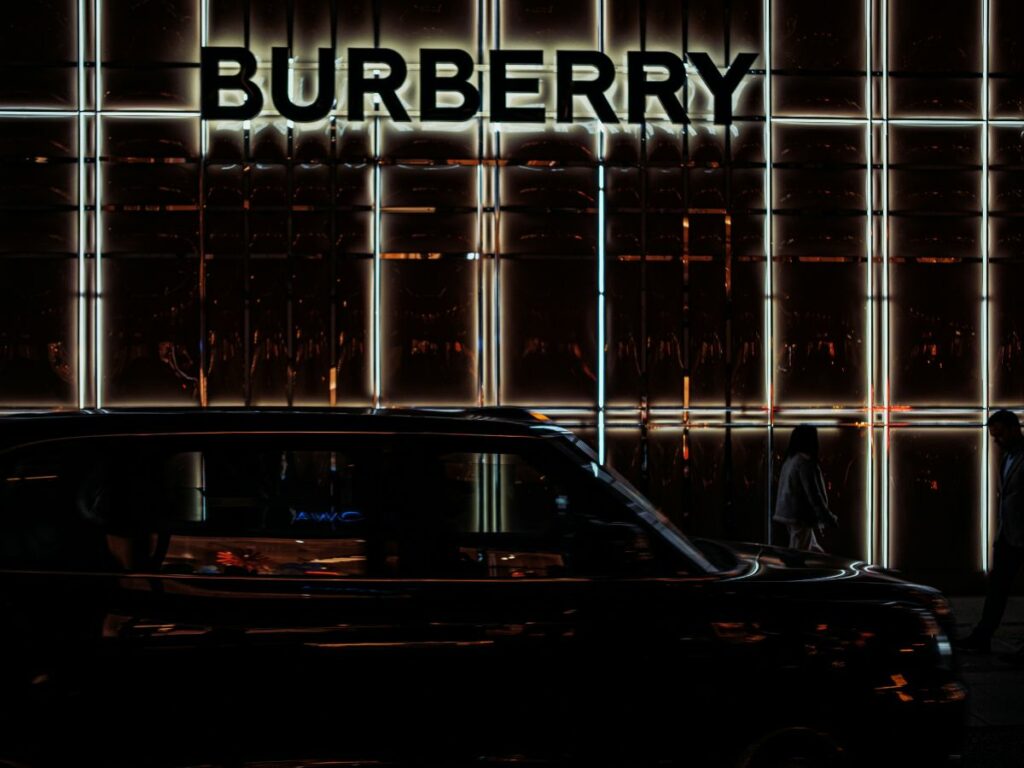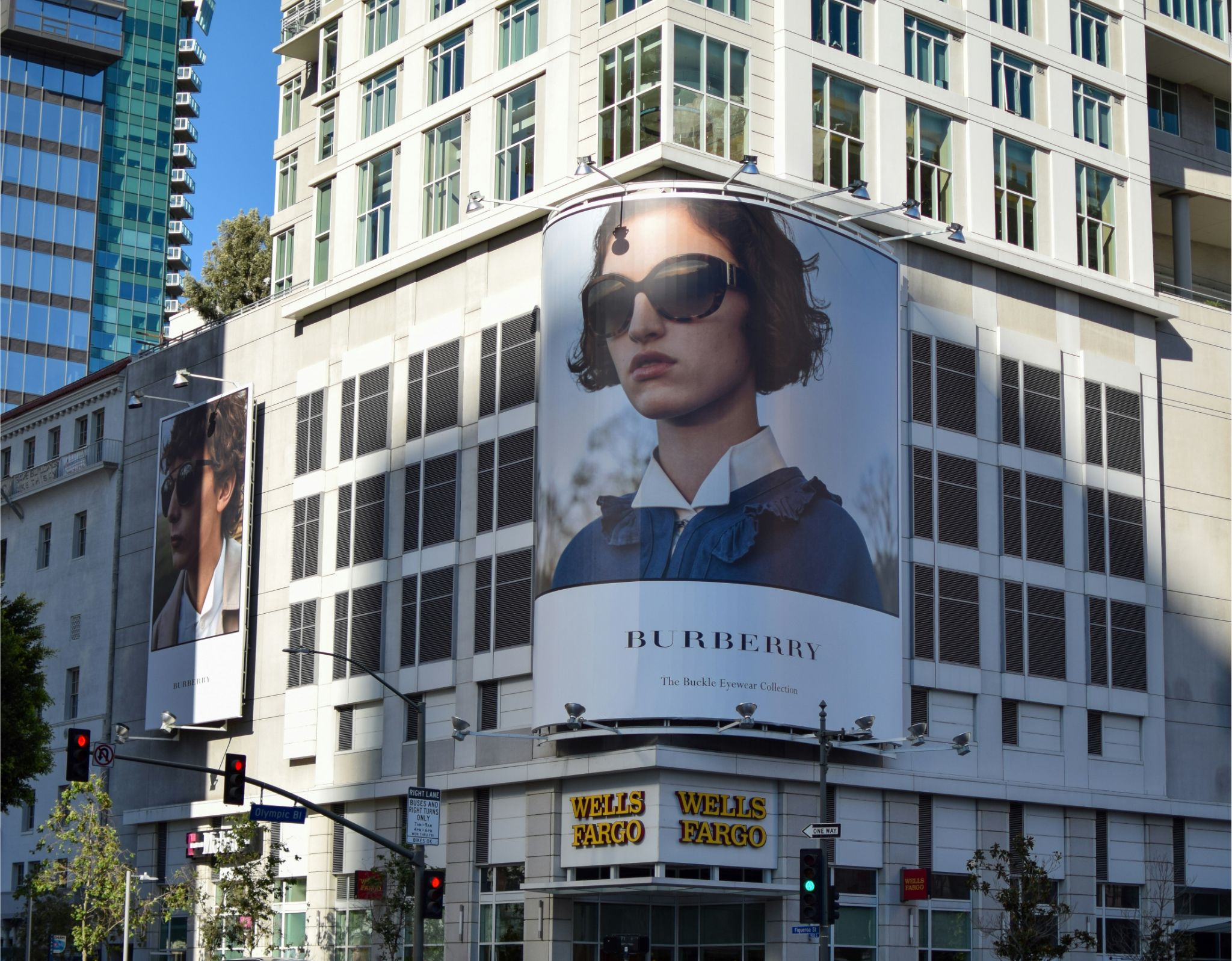The benefits Burberry enjoys are something other companies would kill for. Almost everyone is aware of the iconic Burberry trench coat and would be ecstatic to get one. At a time when consumers of luxury goods value a prestige brand above all else, Burberry is a household name. Not just in the realm of fashion, but also in the realm of power and prestige; this is one of the elite labels.

The trench coat, a timeless fashion staple, owns its valuable real estate on the Monopoly board of luxury (Take into account the profit Gucci makes from the loafers). Its legacy spans 168 years, and its authenticity as Scott and Shackleton’s outfitter is unwavering.
It produces lifetime coats, in line with contemporary notions of sustainability. It is an emblem of excellence and Britishness. Success must undoubtedly be an accessible objective.
The paradox of prestige and challenges in fashion
But, Burberry’s benefits are matched by its drawbacks, as fashion is rarely that cut and dry. It’s a coat brand in a world where shoes and bags sell for more money than clothing. As a symbol of Britishness, it is isolated from the continental superpowers of Paris and Milan, like a beach.
During the course of nearly two decades, Christopher Bailey, a designer, turned Burberry from a dependable but uninteresting coat maker into a style powerhouse, ushering in the brand’s heyday. Bailey used popular British cultural elements, such as the Beatles, Princess Margaret, David Hockney, and Marianne Faithfull, to develop an elegant yet approachable style that was sophisticated without being pretentious.
He gave Burberry a cultural context by cramming his front rows with actors, supermodels, politicians, and rappers. He changed the trenchcoat’s collar, slimmed it down to a more attractive shape, and transitioned the color scheme from flat beige to gentle neutrals.
Transition and experimentation with new designers
Burberry’s successors, Yorkshire-born Daniel Lee since 2022 and Italian designer Riccardo Tisci since 2022, have tried to move the brand in a different, edgier, cooler direction. Customers who were easily swayed had become weary of the snug Burberry universe that Bailey had created, and Tisci—who had achieved remarkable success at Givenchy as a leader in high-end streetwear—thought he could work the same magic on British soil.

However, Tisci and Lee have yet to be able to connect the dots between what customers desire from Burberry and the cutting-edge catwalk styles.
Current strategies and future directions
Burberry has been purposefully pushing the audience beyond their comfort zone in recent seasons. The events are held in large tents in parks in London, complete with low lighting and functional stuffed bench seating. The atmosphere is a cross between a festival dancing tent and an explorers’ base camp. The feel-good factor is not as important as the shock factor.
Burberry must produce clothing—and, more importantly, handbags and shoes—that rekindle the fashion world’s adoration for the brand. Joshua Schulman, an alumnus of Coach and Michael Kors, the maker of approachable, fashionable bags, has been appointed chief executive, signaling a change in the company’s direction.
Lee is an extremely gifted designer who, before taking on Burberry, turned the relatively unknown Milanese company of Bottega Veneta into an Instagram success thanks to his keen sense of style. His most recent show featured an array of incredibly desirable pieces, including a storm-collared leather jacket, a rough parka lined in a deep olive version of the Burberry check, and a trench with soft scallop edging.
However, in his quest for cool, his Burberry occasionally comes across as icy and gloomy. Positive evaluations are meaningless if no one is purchasing them. The customer is always right in fashion.
(Tashia Bernardus)
